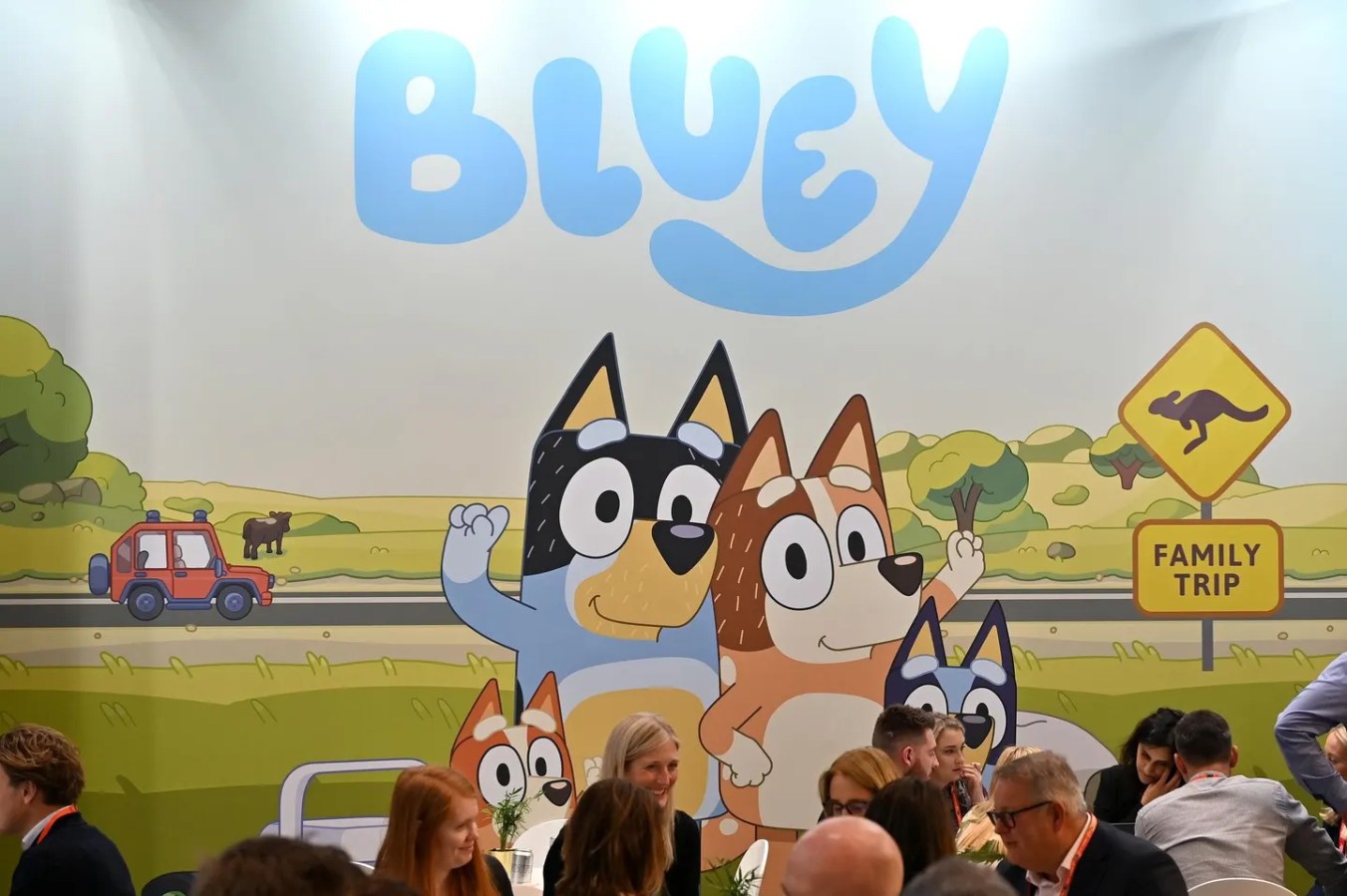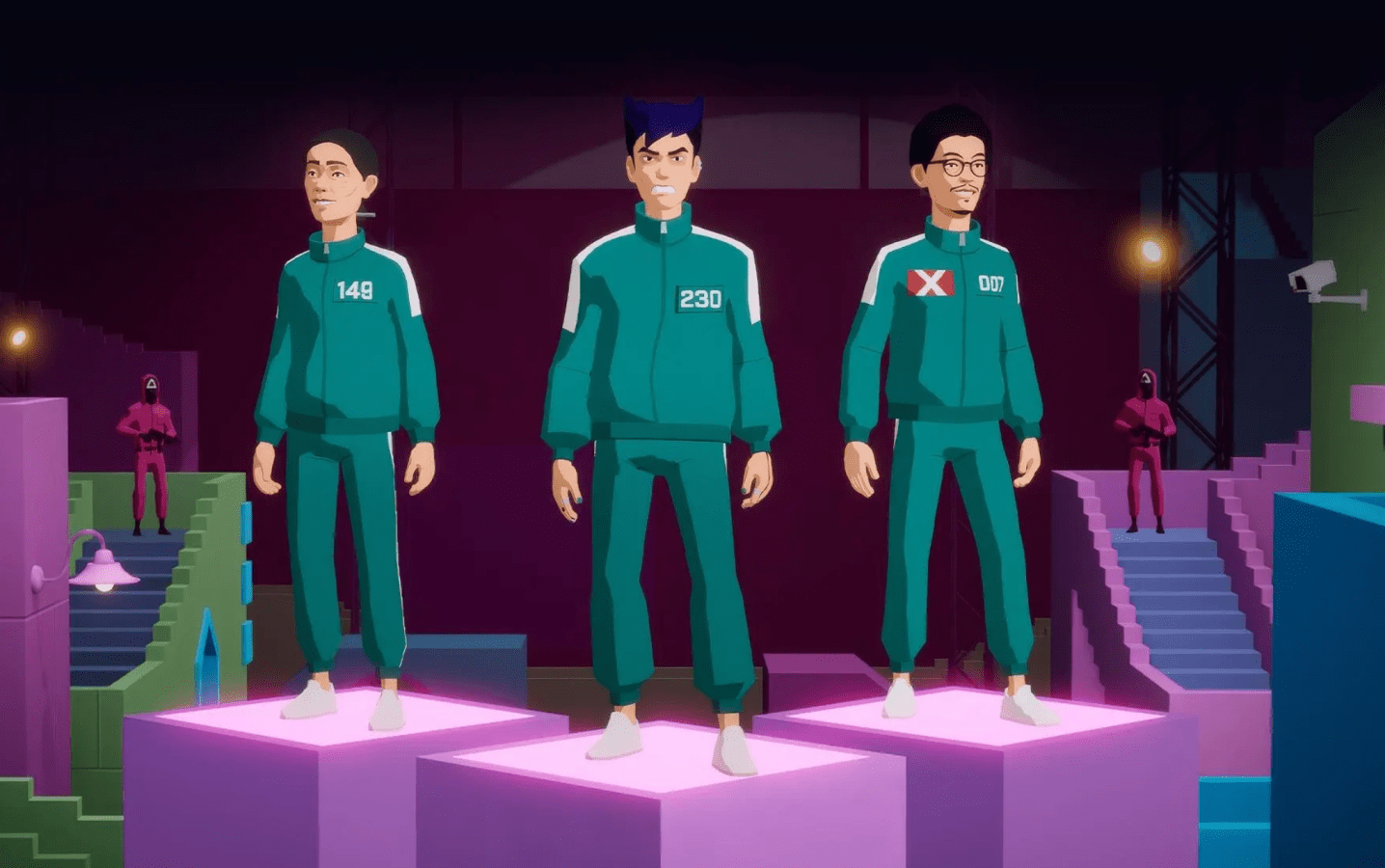After working on hits like Harry Potter and Lord of the Rings, Rising Sun Pictures went to the brink before going next level and leading the AI charge in visual effects. This is how they did it.
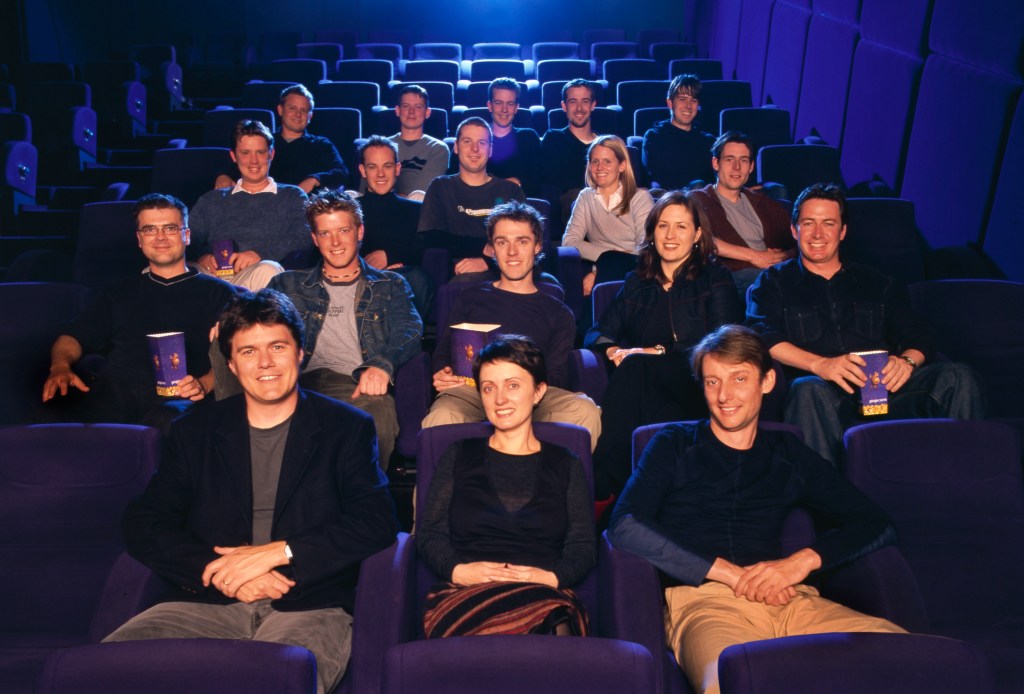
Tony Clark had just finished shooting a Rolf de Heer sci-fi movie, Epsilon, in the South Australian outback in 1995 when he and three colleagues found themselves out of work.
They had been employed by an Adelaide company, Digital Arts, which was working in the nascent field of computer graphics, doing million-dollar jobs like the glassy, glossy Channel Nine logos. De Heer had used those skills for the movie. Clark was a cameraman who’d taught himself to code from books; loving that art-tech crossover.
But the economic realities of being in film in Adelaide washed over Digital Arts, so Clark and colleagues Gail Fuller, Wayne Lewis and Steve Roberts needed work. Computer-animated ground-breakers like Terminator 2 and Jurassic Park were already weekly rentals at the video store.
“We’d been kicking this idea around that we would start a company doing computer graphics in Adelaide,” Clark tells Forbes Australia. “We thought we could work on Hollywood films. It was a time of incredible possibility, and we wanted to be a part of that.”
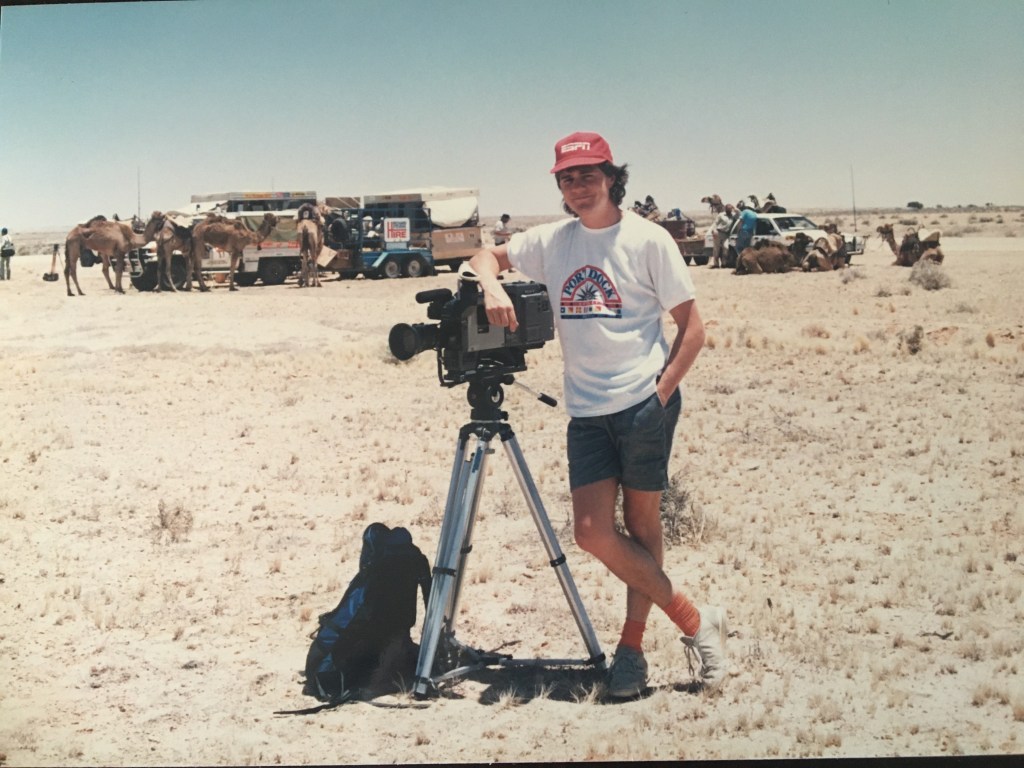
His brother’s mate needed someone to share an office in Kensington, so they checked out the space – room for six people, max – then convened at the nearby Rising Sun Inn. Over pints of Cooper’s on a big old Chesterfield lounge, they decided to press go on the idea, and, for want of better, they named the company for the pub, Rising Sun Pictures, figuring they’d replace it with a cooler name when one occurred to them.
The global workplace was not yet a thing. But “a huge amount of naivety and a little bit of pig-headedness” allowed them to think they could pull it off, recalls Clark.
“We were reading prolifically and we were seeing technologies come out that were enabling people to collaborate over distance. I had been fiddling with attaching computers to the internet and thought, ‘Well, if you can connect to any computers in the world, you can communicate, you can move data from one place in the world to another. Over time, that will get faster.’ And, combined with computer graphics, all these pieces would somehow come together.”
That was the dream. Their reality was local TV commercials.
A lightbulb
The Electricity Trust of South Australia came to them with the idea of copying Luxo Jr, an early Pixar animation portraying two lamps playing with a ball. The power company wanted a lamp jumping around a house exploring the wonders of electricity. “That commercial was what bootstrapped Rising Sun Pictures,” says Clark.
But they couldn’t even crack the national ad market. Sydney-based Garner McLennan and Animal Logic [sold in 2022 for $700 million to Netflix] already had that sewn up.
“We’re probably six or eight people by that point, and in the first five years, just doing anything to keep the doors open,” says Clark. “It was fun, but it was the same challenges that all businesses have with cash flow and trying to keep work coming through the door.” One highlight was a Rogue Traders video clip.
Rising Sun Pictures’ first big break came when the Hollywood sci-fi movie Red Planet, starring Val Kilmer and Carrie-Anne Moss, came to the South Australian outback town of Coober Pedy in 1999.

Through a connection, Red Planet’s visual effects boss, Jeff Okun, gave them a small job – to put computer-generated visors that went up and down on astronauts’ helmets. They did it well enough to suddenly find more work coming down the dial-up modem, each job a little harder than the last.
“They present bigger and bigger challenges to you,” says Clark. “And as long as you’re capable of conquering those challenges, then the challenges get bigger. It remains true to this day.
“That was when we started sending work backwards and forwards to America electronically. We demonstrated that it was better that you were in Australia than it was for you to be in Los Angeles. They would brief some work in the middle of their day to us. They’d come in the next day, and that work would be done.”
More work followed. “When you work on films, all the teams break up, and they go and do different projects,” says Clark. “So, if you’ve had a good experience, they take you with them onto their next projects, so it has this organic scaling-out effect. And the same is true – but even quicker – if you did bad work. It’s just like, boom! It ends really quickly.”
It’s called VFX jail. Rising Sun has been an inmate, though Clark declines to name the offence. One guy who was then a young software engineer at Rising Sun Pictures, Didier Elzinga, admits to one mistake though that had a profound impact on his career. Elzinga was in charge of a big, star-filled final scene of a movie. He’d sent the tape away when Clark got a call.
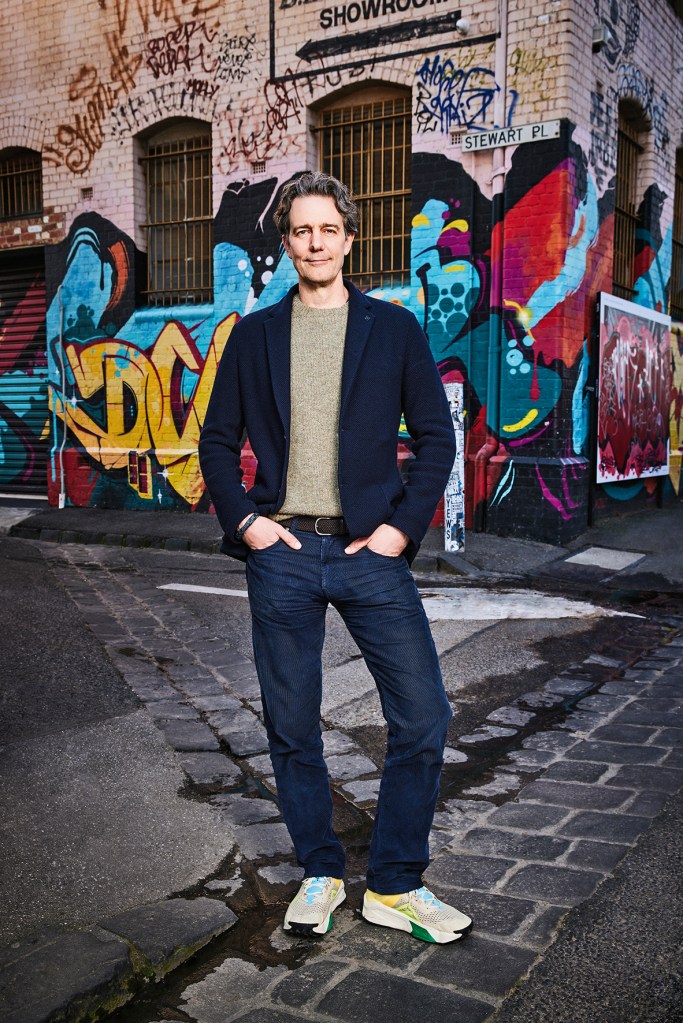
“The director was livid,” says Elzinga, “because we’d screwed up the shot. There were no stars in the star-filled shot. I stood beside Tony as he politely listened and calmly agreed to fix it. As we quickly went through the process of correcting the mistake, not once did Tony blame me. He just took it on the chin and fixed the problem. It would have been easy for him to deflect the director’s anger onto me, but instead, he focused on solving the problem. This was true leadership.” It’s a lesson that Elzinga would later try to emulate when he founded the unicorn start-up Culture Amp.
Goblet of fire
The supervising producer from Warner Bros’ Queen of the Damned took them onto Paramount’s sci-fi disaster film, The Core. That scaled into The Last Samurai and the third Lord of the Rings movie [where they created lava and smoke in the climactic scene inside Mt Doom], then Batman Begins.
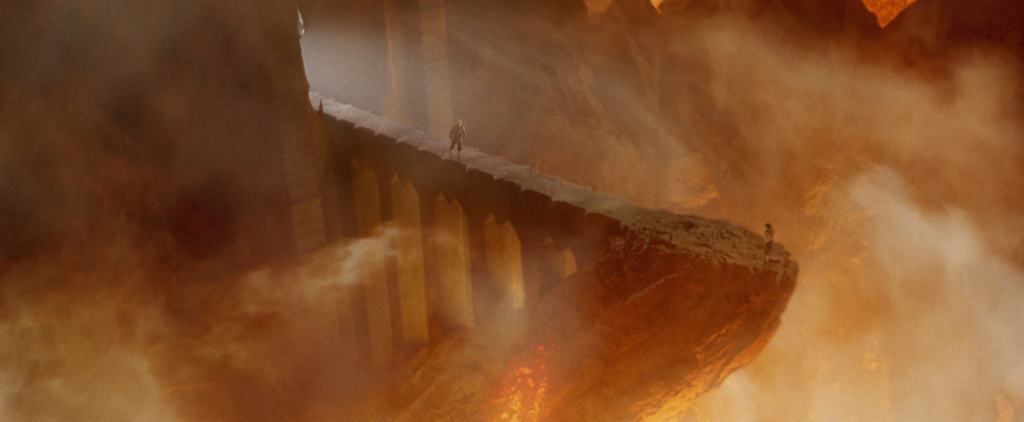
The funnel was already plump in 2004 when they landed work on the fourth film in the Harry Potter series. Rising Sun’s job was to create the flaming goblet in Harry Potter and the Goblet of Fire. No small feat in 2004. “Water, fire, explosions and things were really hard to do at the time, so people just didn’t do them,” says Clark. “There’s a scene in Goblet of Fire where the people have names on pieces of paper and pop them into the goblet, and the goblet flares.
“We looked at that and thought, ‘Oh, that’s going to be really hard.’ We didn’t have software or anything like what we have now. But one of our 3D guys who’d come on board, who’d never worked in movies anywhere else, took up the challenge of sitting down and going through all the research papers, and he created digital fire. It doesn’t seem like anything at all now because people create digital fire falling out of bed, but it was a powerful moment for us.”

The challenges continued to grow, and they spent the next six years on the remaining three Potter films. “It was an incredible gift. You knew that about half of your need for work was going to be there for you every year – as long as you didn’t mess up,” says Clark.
Charlotte’s Web came along in 2005, and suddenly, instead of just doing single scenes, they were tasked with creating the Charlotte character, so they did hundreds of scenes with the hairy spider. It allowed the staff to grow to 130. They were suddenly occupying three adjacent buildings with an office in Sydney.
Amping up the culture
Working across oceans created numerous problems, and Clark set Elzinga to work on creating two collaboration tools that were soon spun into a separate company.
The founders were so impressed by Elzinga that they made him CEO at age 26. “We wanted to make pictures, and he wanted to grow a business, so we said, cool, you do that, and we’ll go and make pictures,” recalls Clark.
Elzinga credits the Rising Sun founders with giving him the tools to found Culture Amp. He recalls an incident in 2006 when they were up for the Entrepreneur of the Year award. “We were told that we would have a much greater chance of winning if there were less people on the ticket,” Elzinga says. “They specifically called me out because I was only a small shareholder and didn’t co-found it. [The founders’] response was, ‘No – we are doing this together or not at all’. We went on to win and that really opened up my eyes to a whole new world. I possibly would never have started Culture Amp without that experience. That was the culture that they founded at RSP – one that believed in people and would take a chance on young talent.”
Transformation
In 2009, Jennie Zeiher, an Adelaide girl working in the US for a dome-theatre company, wanted to come home. She got a job with Rising Sun coordinating the VFX teams when they were finishing the “Slughorn room transformation” for Harry Potter and the Half-Blood Prince, a scene whose complexity leapt the company to yet another technological level.
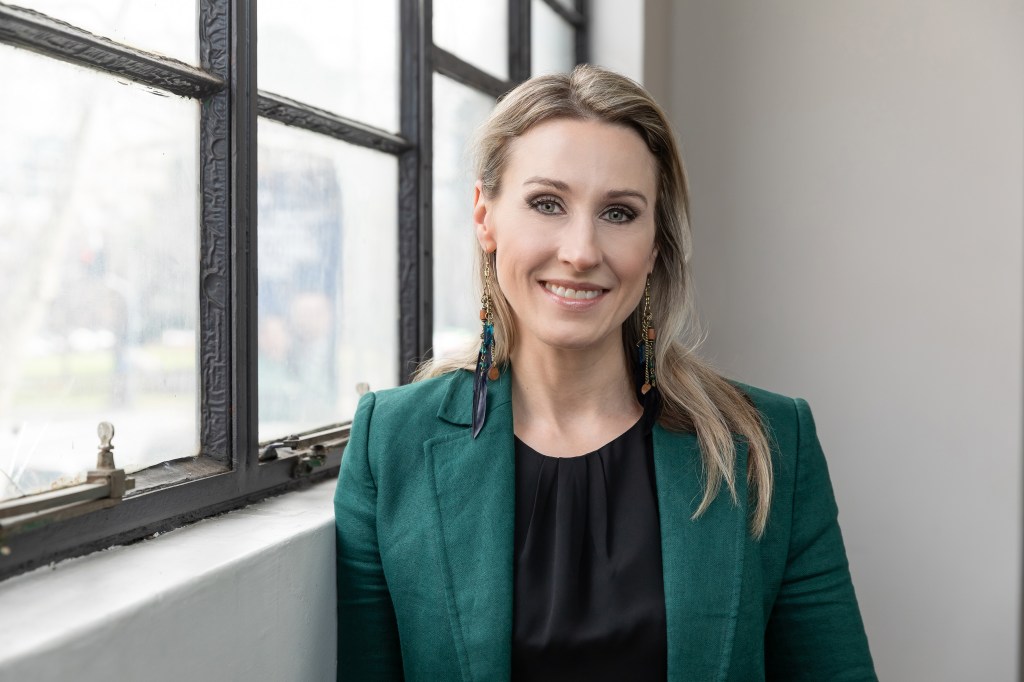
She got them started on the Dementors and a Horcrux simulation for The Deathly Hallows before she left on maternity leave. When she returned, the company was still bouncing around at the same number of staff it had peaked at with Charlotte’s Web seven years earlier. While the company had leapt ahead technologically, it hadn’t been able to match it economically. And they weren’t sure why. “It only made sense later,” says Clark. “There were so many pressures, exchange rate movements; the business was always capital starved.”
One obvious problem was that some clients didn’t pay on time. Four months was the common lag. As a $12 million revenue business, they’d usually have about $4 million tied up in accounts receivable. And the owners just didn’t have the risk appetite to borrow large amounts of money to pay more staff, buy more gear and get to that next level.
Zeiher was in a sales role now. “There was always an issue where we would be so focused on doing the work, we’d forget about selling for what’s next,” Zeiher says. She started to focus on strategies for finding the next job and landed a large chunk of the work on Alfonso Cuarón’s Gravity [2013], which Clark went on to VFX supervise. It was another enormous win, but there remained a constant tug between how big they could be and how big a risk the founders were prepared to take to get there.
Some of Rising Suns early credits
- The Lord of the Rings: The Return of the King (2003)
- The Last Samurai (2003)
- Batman Begins (2005)
- Harry Potter and the Goblet of Fire (2005)
- Charlotte’s Web (2006)
- The Chronicles of Narnia: Prince Caspian (2008)
- Get Smart (2008)
- Australia (2008)
- Harry Potter and the Half-Blood Prince (2009)
- Terminator Salvation (2009)
- X-Men Origins: Wolverine (2009)
- Where the Wild Things Are (2009)
- Mao’s Last Dancer (2009)
- Red Dog (2011)
- Pirates of the Caribbean: On Stranger Tides (2011)
- Gravity (2013)
- The Wolverine (2013)
- The Great Gatsby (2013)
- Thor: Ragnarok (2017)
- Peter Rabbit (2018)
- Ford v Ferrari (2019)
“We had kind of lost our way around innovation,” Zeiher says. “Back in 2018, there were lots of competitors doing virtual production, and we started learning about deepfakes, machine learning and artificial intelligence.”
South Australia’s Department of Innovation granted them “machine-learning hours” at the Australian Institute of Machine Learning. “And that moved us to where we are today,” says Zeiher. “We’ve got a department of 15 machine-learning developers. And we’re seen as probably the number-one vendor in the space of machine-learning technology in visual effects.”
Zeiher did an MBA, focusing on Rising Sun and its bottlenecks. “One of my favourite subjects was learning from failure. And so I went and did a whole analysis on a recent time in RSP’s history where group dynamics affected the organisation and it really helped to dissect where the problem areas were. And when I finished that, those learnings were able to influence the changes that were required.
“We were not a professional group of management,” says Clark. “The founders were tired and were sort of falling away. Didier had moved on some 10 years before that. So, we were just going through quite a patch, and we needed to figure out how to stabilise it and how to set it off on its next steps.”
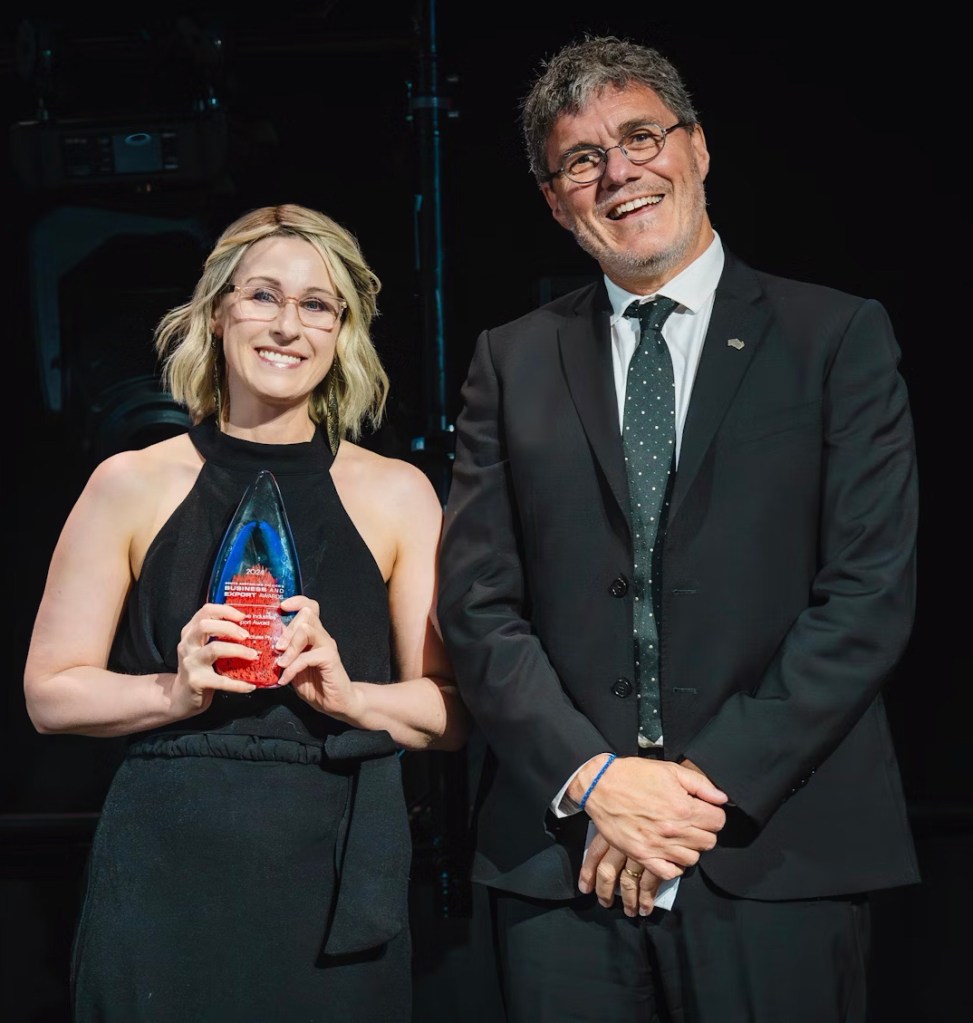
It reached a point towards the end of last decade where the cash-starved business needed saving. Fellow Adelaidean, Internode founder Simon Hackett, came to the rescue. “He stepped in at a point where we could have been in administration,” says Clark. “He provided a little bit of a bridge to get us through that and became an equity participant in the company.”
In 2020, Rising Sun was doing more than $20 million a year, but about $8 million of that was trapped in cash. “The market wanted us to grow, the opportunities were there,” says Clark. “We had created the right incentives and government policy settings around the outside of us. So, all of our work on strategy had come together at that point and this business is ready to go. But we couldn’t do it ourselves.”
The founders decided to sell. “We’re all probably 26 years down the track at that point,” says Clark. “It’s a lot of life to spend doing one thing, especially a stressful thing. We felt strongly that this was how you would enable the business to meet its potential.”
“We took it on to Harry Potter with us, and the Harry Potter people said, ‘We need this,’ because it was transforming the way that they were collaborating.”
Tony Clark
New York-based private equity firm EagleTree Capital incorporated Rising Sun into its portfolio company, FuseFX, a Los Angeles-based special-effects provider.
“We didn’t get rich on the sale. No one’s driving around in Ferraris. We got our money back and a little bit extra, but ultimately, we set RSP up to be successful in an environment where it could go forward and grow strongly and meet its potential.”
The value of the sale remains confidential but is understood to be less than the $18 million the company was valued at.
“EagleTree Capital gave us a lot of autonomy in the beginning where we were sent out there, and we were supported for what we wanted to do,” says the now company president Zeiher. “Private equity wants you to grow. We saw opportunities to grow, and we took them. We opened the Brisbane office, which now has 60-ish people. We got serious about the artificial intelligence and machine-learning work and scaled that, and all of that just helped us grow turnover.”
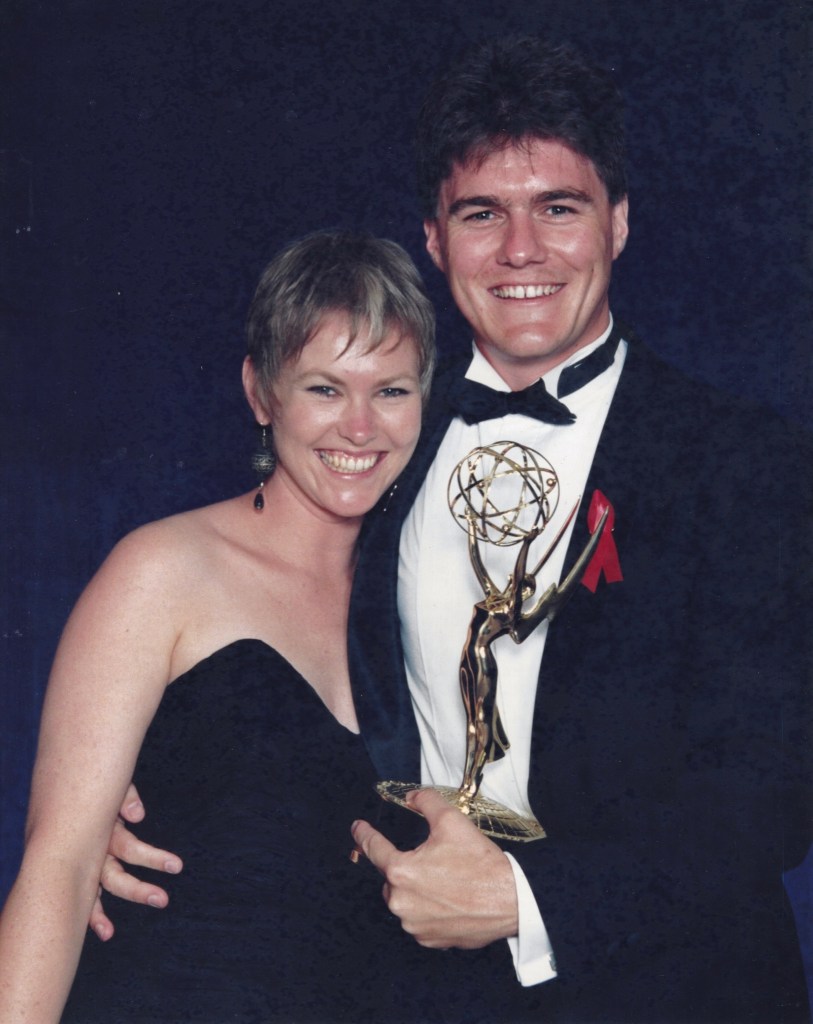
The staff has doubled to 400 since the sale, and turnover has grown 300% to about $70 million a year, winning them the award of Australia’s 2024 Exporter of the Year, last November – the first time a creative company had won it since the Wiggles in 2005.
The award coincided with Clark’s retirement, aged 58, in December – the last of the founders to go.
Zeiher is relishing their legacy. “We’ve honed the strategy of being the trusted creative partner of studios. We don’t need anyone in LA selling for us. People call us and say, ‘Would you mind working on this Marvel project?’ And we say, ‘We would love to do that.’”
Movies Rising Sun Pictures has worked on since selling to private equity
- Mortal Kombat 2 (2025)
- Betterman (2025)
- A Complete Unknown (2025)
- Mickey 17 (2025)
- Sonic The Hedgehog 3 (2024)
- Harold and the Purple Crayon (2024)
- The Fall Guy (2024)
- Damsel (2024)
- Nautilus (2024)
- Furiosa: A Mad Max
- Saga (2024)
- The Acolyte (2024)
- Knuckles (2024)
- Apples Never Fall (2023)
- Ashoka (2023)
- Monarch: Legacy
- of Monsters (2023)
- Loki s2 (2023)
- One Piece (2023)
- The Marvels (2023)
- White Noise (2022)
- The Parenting (2023)
- Dead Ringers (2023)
- Indiana Jones and the Dial of Destiny (2023)
- The Flash (2023)
- Ant-Man and the Wasp: Quantamania (2023)
- Cocaine Bear (2022)
- The Lord of The Rings:
- The Rings of Power (2022)
- Thor: Love and Thunder (2022)
- Elvis (2022)
Rising Sun’s spinout companies
Running the business in Australia with clients in the US and UK threw up plenty of pain points that required innovation.
In 2000, Clark set up Rising Sun Research to relieve those aches. The first was the problem that the digital work looked like mush when displayed on a computer monitor. It had to be shot to film with an expensive machine before you could see what your work looked like. So in all the early films they did, at the end of each week, they’d FedEx a data tape to the US where it would be shot to film at $2 a frame, before a print was put in a bag and sent back to Adelaide where they’d take it to a theatre to see their work.

Clark wanted to be able to see it on day one. Didier Elzinga recalls, “Tony came to me and said, ‘We can’t afford Cineon [Kodak’s digital filming tool] but we need to see what we are doing – do you reckon you could build this?’. We both thought we could, and so we built it because we had no way of doing VFX without it. This is a lesson that I keep to this day.”
They called it CineSpace and sold it in 2008 to US firm Cine-tal Systems which sold it in 2011 to the George Lucas-founded audio-visual company THX. It remains in use.
An even larger pain point was collaborating across the Pacific Ocean. “Like, how do we have a creative conversation with people about work which is on a screen when we’re not in the same room? How do we recreate that experience of putting people in the same visual context with each other?”
Elzinga brought Clark’s idea to life, creating a tool in which they could send an enormous file down the phone line overnight so the recipients could have high-quality images up on screen the next day for a teleconference. They called it cineSync.
“We took it on to Harry Potter with us, and the Harry Potter people said, ‘We need this,’ because it was transforming the way that they were collaborating,” says Clark. Their US partners felt the same and it wasn’t long before cineSync became a film-industry verb – as in “Let’s cineSync this”, and Clark shared an Oscar for it – in scientific and technical achievement – in 2010.
Rising Sun Research changed it’s name to Cospective and, in 2019, RSP sold Cospective to Danish company ftrack which continues to run it out of Adelaide Studios, the city’s Glenside movie industry hub.

